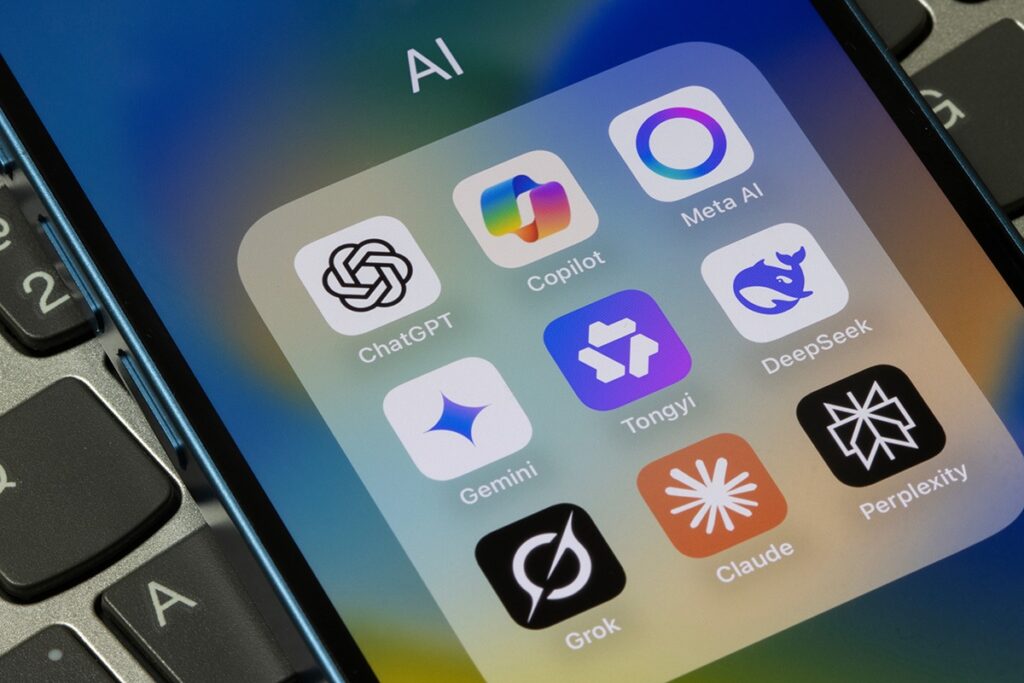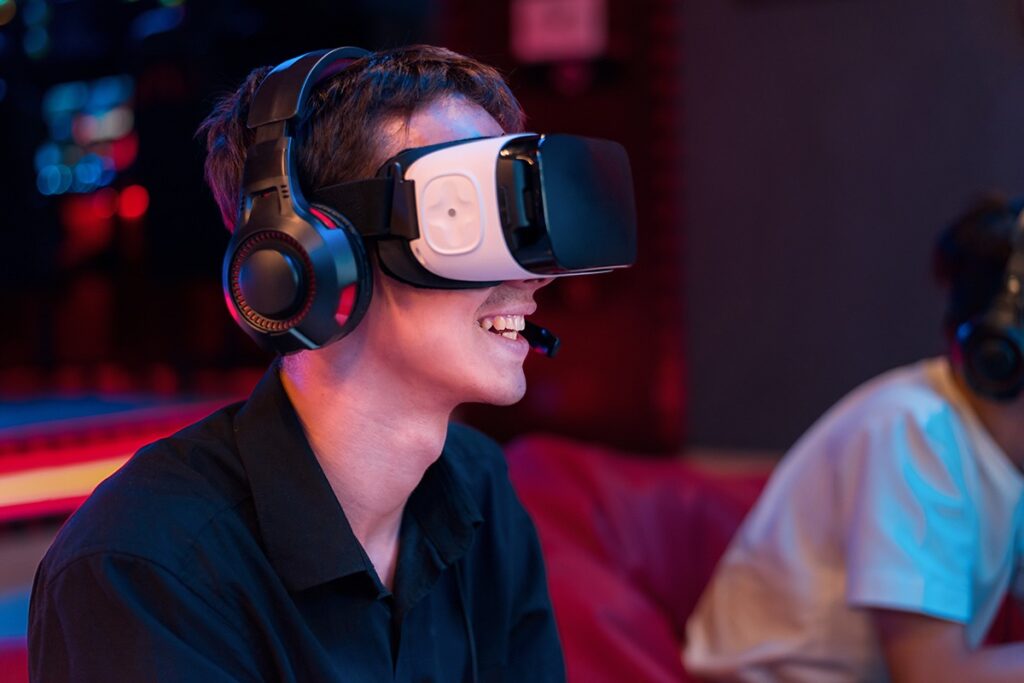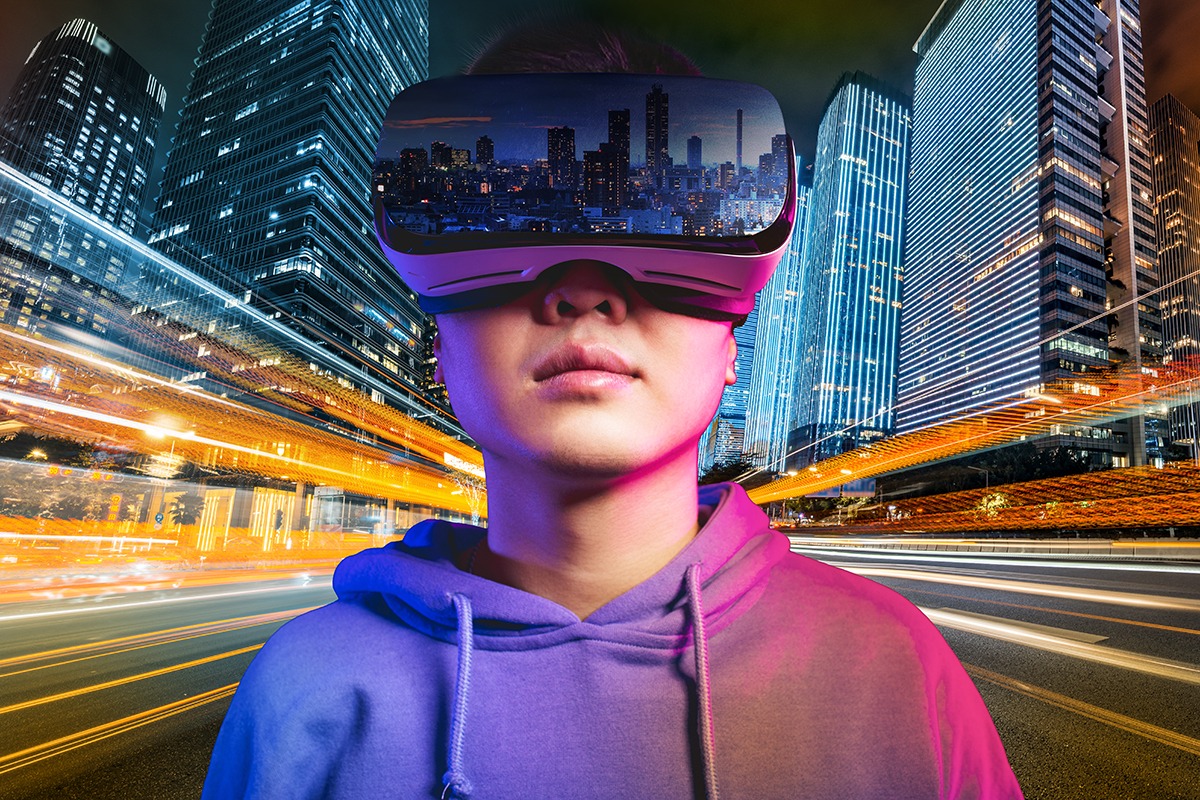Paradox behind Japan’s AI Boom
Many people picture Japan as a hyper-technological, neon-lit futuristic society and the birthplace of otaku culture. However, contrary to stereotypes, Japan is quite a cautious country when it comes to tech advancements and the rise of AI is not an exception.
According to the government’s 2025 communications white paper, just 26.7% of people in Japan have used generative AI tools, a much lower percentage than other countries such as the US, China or Germany. Surveys show the most common reason is simple: most people “don’t see the necessity”.
And yet, the same country is overflowing with machine-made content. From virtual youtubers and AI-powered idols to anime avatars and synthetic pop stars, Japan produces and consumes AI content at a scale that few other nations can match.
So how does a society hesitant to use generative AI become a global pioneer in its entertainment forms? What makes Japan different—and what might it reveal about how AI is shaping culture in unexpected ways?
Adoption of generative tools: slow but steady
Japan’s AI landscape looks quite different from Western markets. While the latter show rapid adoption rates, Japan maintains a critical perspective. Nevertheless, as of February 2025, 72.4% of people in Japan are aware of generative AI according to a survey by GMO Research & AI. And adoption rates, while lower than western markets, showed a substantial 9.0 percentage increase.
This isn’t the first time Japan has taken a cautious approach to new technology, reflecting its cultural preference for careful evaluation before widespread adoption.

The Japanese government demonstrated support for AI adoption in 2023, when G7 leaders endorsed the Hiroshima AI Process Comprehensive Policy Framework, the first international framework aiming to promote safe, secure and trustworthy advanced AI systems.
Although there isn’t an official reason, Japan’s caution may stem from a cultural emphasis on harmony and risk-aversion as well as a deep respect for craftsmanship, which generative AI can seem to undermine.
Pioneer for AI-generated content
Japan is the birthplace of otaku culture—from anime, manga, idols and video games to immersive VR environments.
Virtual identities on social media, video games and the web have become mainstream as it is now common to have our own digital doppelgänger or avatar. This latter term arises from the Sanskrit word of avatāra and was adopted by early computer games and science fiction writers. So how does this relate to Japan?
The concept of virtual idols originated in Japan more than thirty years ago. These digital avatars are redefining the way us humans view content such as music, videos, modelling, fashion and lifestyle. Within the top 10 Japanese virtual idols, we can find the world-famous Hatsune Miku and the all-rounder entertainer Imma, amongst others.
Similarly, the term VTuber or “Virtual Youtuber” also originated in Japan in the 2010s with the popular Kizuna AI channel being the first persona to use this term.
The most notorious Tokyo neighborhood for this subculture is Akihabara, a district full of lights, music and colors. It is known for its maid, anime and, more recently, VTuber cafes. This showcases the epitome of tech-obsession in Japan.
But this is not the only proof that Japan is leading the consumption of AI-generated content. It is quite popular to visit VR Experiences when staying in Tokyo and across Japan. These experiences are not common “hotspot activities” or “local entertainment” in many other countries.
You can check out these activities yourself. Some of the most popular VR experiences in the city are Red Tokyo Tower, Joypolis and Tyffonium.

Cultural mirror
It is a paradox that a nation so cautious in adopting AI technologies is simultaneously a major consumer of machine-generated content. This contradiction reveals more than just a cultural quirk, it highlights the complexity of how societies engage with emerging technologies. As the rest of the world continues to weigh the risks and rewards of generative AI, Japan’s paradox offers an alternative lens; one that challenges conventional narratives about innovation, resistance and acceptance. It invites us to rethink what it truly means to “use” AI—not just as a tool we control, but as a cultural force that shapes our behaviors, preferences and even identities. In doing so, we must also reflect on the kind of futures we are co-creating with these technologies.

